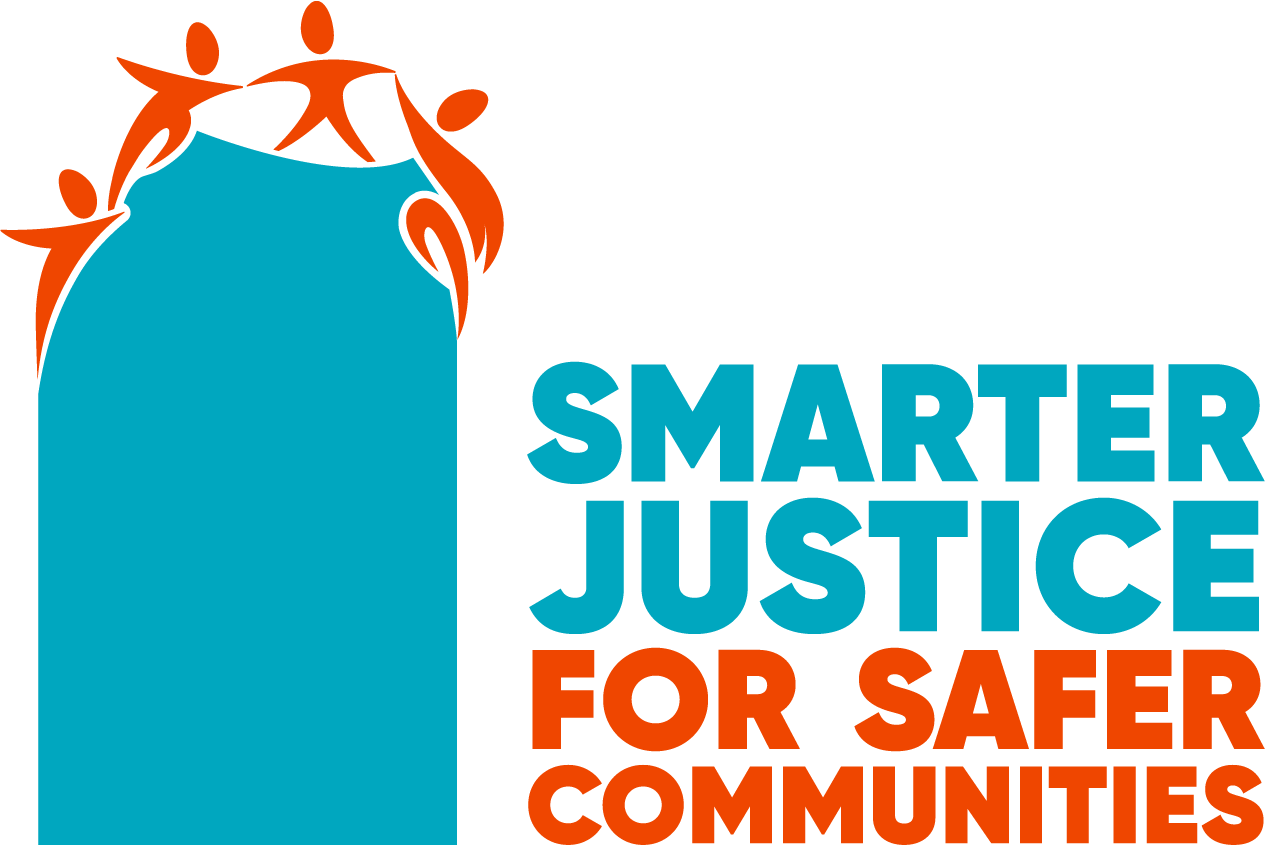What does Smarter Justice look like?

Smarter justice starts with acknowledging that the current system, with its overreliance on prisons, is not working for anyone. Smarter justice is about rolling out and ramping up investment in the programs that do work and contribute to safer communities.
What works?
While there is no single ‘fix’ to reduce prison numbers, there are multiple proven, cost-effective alternatives that can both effectively reduce incarceration and improve community safety.
The North Australian Aboriginal Justice Agency Throughcare Programs
Throughcare is a case management approach for prisoners in the lead up to and after their release from prison to support successful rehabilitation and integration and break the cycle of reoffending.
It is recognised as a best-practice model in both international research and Australian policy analysis.
Throughcare programs for Aboriginal people work best when they are “culturally competent, strength-based, and utilise Aboriginal and Torres Strait Islander controlled organisations and/or ex-prisoner organisations”.

The North Australian Aboriginal Justice Agency (NAAJA) delivers highly successful Aboriginal-led youth and adult throughcare programs that support clients to develop a post-release plan covering a range of factors such as dealing with banking and debt, housing, schooling or work, and drug or alcohol counselling.
An evaluation of its youth throughcare program revealed high success rates and significant value for money, with only 13 percent of program participants re-offending or breaching orders, significantly lower than the general reoffending rate of over 50 per cent.
NAAJA’S throughcare programs are frequently cited as best-practice models of Aboriginal-led throughcare that should be expanded in the NT.
Fairbridge Bindjareb
The Fairbridge Bindjareb Project in Western Australia, aims to provide Aboriginal and Torres Strait Islander people detained in the justice system with industry training for long-term careers in the resources sector.
The program is designed and operated by Aboriginal people. It takes a holistic approach with culturally appropriate healing and personal development alongside industry training.
A cost-benefit analysis of the Fairbridge Bindjareb Project found that every dollar spent on the program generated $2.49 in community economic benefit, primarily from increased productivity of participants maintaining employment post-release, and cost reduction to tax-payers due to avoided re-incarceration.

